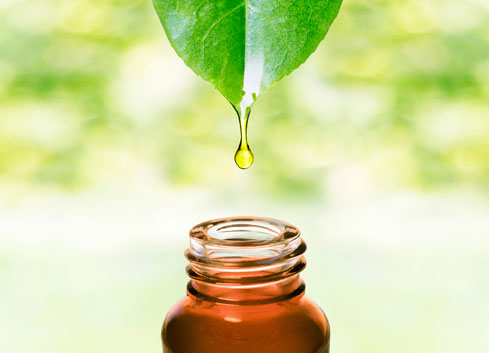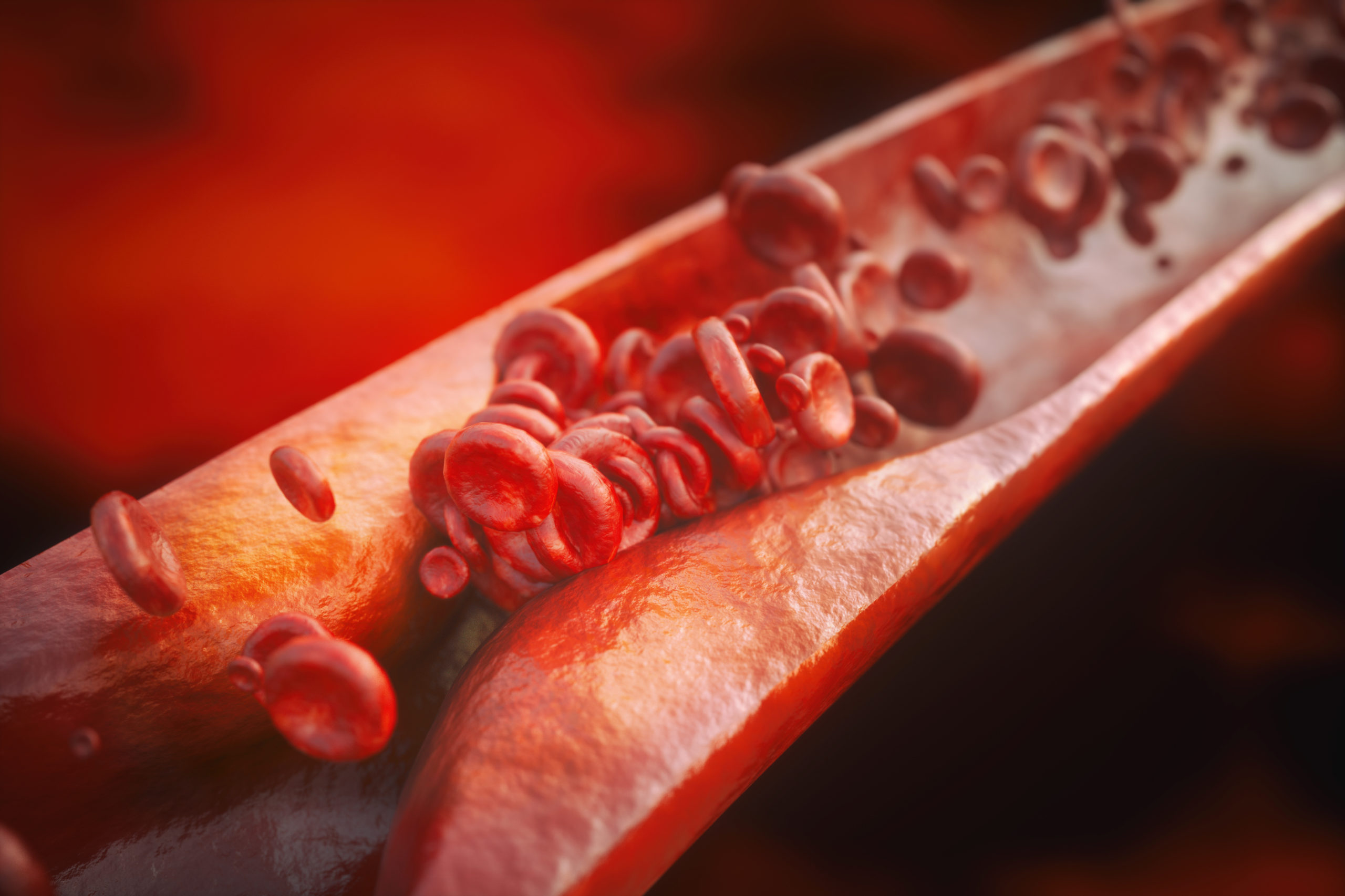
Energy via Synergy!
April 11th, 2023When supplements work better together
By Will Block
Many people are aware of two popular dietary supplements, namely CoQ10 and PQQ, and their role in supporting mitochondrial and heart health. But did you know that when PQQ (Pyrroloquinoline quinone) and CoQ10 (Coenzyme Q10) are taken together, the end results of their anti-aging benefits, along with vital organ protection are even better than when taking either supplement alone?
This is an example where the sum is more than the whole of its parts–in other words, the action of synergy. Think of it as something like 2 + 2 = 5. So, let’s firstly look at each one in turn.
PQQ
PQQ is a nootropic supplement that supports memory, provides cerebral energy, protects the brain, and aids mitochondria by increasing their numbers.
Figure one: The mitochondria are the organelles in every cell that produce the universal energy molecule of adenosine triphosphate (ATP). As we age, mitochondria become larger, less efficient, and fewer in number.
Among its wide range of improvements, PQQ is commonly used for the health of your brain, heart, and liver. Specifically, studies have shown that PQQ can provide:
Neurological support
- PQQ enhances cognitive function and improves short-term memory. 1 It can help the brain to prevent memory loss and neurodegenerative disorders. With its ability to restore damaged brain and nerve cells, it also promotes recovery in cases of stroke and cerebral infarction.
Cardiovascular support
- PQQ improves blood circulation and cardiac function, supports energy production in the heart and provides powerful antioxidant production. Studies indicate that PQQ can also promote recovery from heart attacks and can reduce infarct size. Moreover, PQQ can prevent chronic heart failure by regulating mitochondrial function. (2) PQQ is good to take if you are subject to blood clots.
Liver support
- PQQ aids fat metabolism in the liver and converts those fats into greater energy output. Clinical results show it may also reverse acute and chronic liver injury, including damage from fatty liver disease.
- In addition to supporting your vital organs, PQQ augments and sustains higher levels of natural energy production. (3) By stimulating your body’s energy production at the cellular level, PQQ serves as an excellent energy supplement for a broad range of uses. It is especially ideal as a sports and fitness supplement for athletes seeking more pure and natural alternatives to boost their performance.
And there’s more!
- Perhaps the most unique and unexpected benefit of PQQ is its use for cosmetic and skincare applications. (4) It rejuvenates skin cells and rebuilds healthy tissue for thicker skin and fewer wrinkles.
- PQQ can be effective as an anti-aging preventative, not just for your brain, heart, and liver, but also as a cosmetic anti-aging treatment for your skin. In short, PQQ is an emerging superstar supplement with a variety of benefits to revitalize your mind and body.
Figure two: Structure of CoQ10 on left; PQQ on right.
Coenzyme Q10 (CoQ10)
CoQ10 has vitamin-like properties which function as an electron carrier within the mitochondrial respiratory chain. As well, it serves as an important intracellular antioxidant. Although the factors responsible for the anti-fibrotic action of CoQ10 have yet to be fully clarified, its antioxidant and anti-inflammatory functions are thought to be major contributors to its clinical efficacy in the treatment of this age-related disorder. Studies have shown that:
- CoQ10 combats the signs of aging, starting at cellular level, also influencing cellular metabolism which is impacted by the aging process. Applying CoQ10 topically improves mitochondrial function in the skin.
- CoQ10 can reduce hydroperoxide levels and increase activity of alpha-tocopherol (vitamin E), coenzyme Q, and catalase; and increase mitochondrial function.
- CoQ10 improves the recovery of the myocardium after stress if used for pre-treatment prior to stress.
Synergy
CoQ10 improves the speed and efficiency of the mitochondria, while PQQ assists by promoting the replication and growth of mitochondria. Together, they help the body produce more energy faster. There are some other examples of this kind of synergy.
Other one-two punches
ALA & LAC
There are other naturally occurring substances that work well together. For example, R-Lipoic acid (ALA) and L-acetyl-carnitine (LAC) deliver a powerful one-two punch, just as PQQ and CoQ10 do.
- ALA and LAC offer promising preventive supplementation when used together. They diminish Chemotherapy-Induced Peripheral Neuropathy, a typical side effect related to time of administration and dose of anticancer agents. (5)
- Referring to Study 6 (see references at the end), this study resulted in increased pyruvate dehydrogenase complex (PDC) activity – this plays an important part of energy homeostasis in the heart. This can also provide a possible mechanism for lowering R lipoic acid in diabetics, which in turn lowers glucose (and lactate) levels.
- Formulations containing antioxidant vitamins, R-alpha lipoic acid, and docosahexaenoic acid (an omega-3 fatty acid found in cold-water, fatty fish, such as salmon), administered for six consecutive months, counteracted oxidative stress. It did this by further stabilizing the morphological/ functional parameters of both the ocular surface and glaucoma, without presenting adverse effects or intolerances.
- Dopamine replacement therapies work to manage the motor symptoms in Parkinson’s disease, but do not treat the underlying health condition. A recent review of R-lipoic acid, acetyl-l-carnitine, ubiquinol, melatonin (or receptor agonists) and vitamin D3 in relation to progressive molecular pathology proposes that these have a collective potential to slow progression of the underlying disease process.
- These agents can therefore be helpful in the management of Parkinson’s disease.
- The motor deficits which characterize the sporadic form of Parkinson’s disease arise from age-related loss of a subset of dopamine neurons in the substantia nigra.
Figure 3: The position of the substantia nigra in the brain.
Note: R-Lipoic acid is synthesized in the human body and is contained in foods in a form covalently associated with lysine. Its dose in dietary supplements significantly exceeds the amount in the diet.
Niacin
Racemin niacin is included in many dietary supplements (you may also have seen it noted as Vitamin B3 or Nicotinic acid). It is a water-soluble B complex vitamin (one of 8) that helps the body to turn food into energy (6) – in this way, it is essential for energy metabolism and the growth/development of the human body.
B3 comes in different forms, and each form has various uses/ benefits. [Ed.- for a report on niacinamide see Aging Matters™ V3 issue 41 in an article written by Jonathan Wright, MD. Link to the online version here: https://aging-matters.com/dr-jonathan-wright-details-niacinamide/]. Niacin is found in food sources such as fish, meat, eggs, milk, yeast, nuts, green vegetables, beans, and cereal grains. But given that you need a lot of it, it is best to supplement with grams per day.
- Niacin is a B-group vitamin that plays a major role in numerous metabolic reactions in the body. It helps in the functioning of the digestive system, skin, and nervous system.
- Niacin is a very important supplement in treating cholesterol problems, particularly people with elevated triglycerides and low HDL. In fact, it’s one of the best supplements that can raise your HDL levels. Although it comes in many forms, and each form has various uses as well, it should be noted that only the fast-acting, nicotinic acid form (that causes vasodilation and flushing) will beneficially affect the lipid profile. Niacin is found in food sources such as fish, meat, eggs, milk, yeast, nuts, green vegetables, beans, and cereal grains.
Niacin facts
- It is essential for the proper functioning of the skin, nervous system and digestion.
- It plays an essential role in a number of metabolic reactions in the body.
- It helps with lowering cholesterol, especially for those who have low HDL and elevated triglycerides – it is one of the best supplements for raising HDL levels.
- Niacin is found in a number of food sources including cereal grains, green vegetables, fish, meat, eggs and milk.
Please note that the fast-acting nicotinic form is the only one that will beneficially impact the lipid profile, as this causes flushing and vasodilation.
Other specific hydro-soluble vitamins
Folate (methylfolate), vitamin B12 (cyanocobalamin), vitamin B6 (pyridoxine), and vitamin B3 (niacin or niacinamide) are water-soluble vitamins; they belonging to a group of organic substances that are required by humans in small amounts to prevent disorders of metabolism.
Folate (B9) is needed to form healthy cells, especially red blood cells. If the body has a Methylfolate deficiency (which can happen due to the formation of methylenetetrahydrofolate reductase (MTHFR)), the amino acid homocysteine.is broken down instead of homocysteine being converted to methionine (an amino acid that is relatively harmless). When this happens, folic acid is not converted to Methyfolate, allowing homocysteine levels to build up, which can be dangerous to health.
Vitamin B12
Vitamin B12 serves a wide range of functions in the body. Some of the most important functions of B12 are to support healthy blood and nerve cells; this multi-utilized nutrient is also involved in DNA synthesis and conversion of food into energy.
The symptoms of Vitamin B12 deficiency can take years to appear, due to the amount of B12 we store in our bodies (around 1000-2000 times as much as the average person eats in a day). It can take a long time for this storage to deplete. However, it does happen over time. The symptoms of B12 deficiency include:
- Balance problems
- Low mood/depression
- Poor cognitive function including memory problems, confusion and even dementia.
- Nerve problems such as tingly hands or feet
- Sore mouth/tongue
[Ed.- note there are medicines that deplete vitamins. For example, metformin impairs the absorption of B12—so if you are taking Metformin, be sure to take extra B12.]
A Better Place
Altogether, PQQ, CoQ10, ALA, LAC, and the water-soluble vitamins are important if you want to tamp down many anti-aging detriments. Use them and your world will be a better place.
References
Itoh Y, Hine K, Miura HK, et al. Effect of the antioxidant supplement quinone disodium salt (BioPQQ™) on cognitive functions. Adv Exp Med Biol. 2016;876:319-25.
Xuan X, Chen C, Lu WJ, et al. Pyrroloquinoline quinone can prevent chronic heart failure by regulating mitochondrial function. Cardiovasc Diagn Ther. 2020 Jun; 10(3): 453–69.
- Jonscher KR, Chowanadisai W, Rucker RB. Pyrroloquinoline-quinone is more than an antioxidant: A Vitamin-like accessory factor important in health and disease prevention. Biomolecules. 2021 Sep 30;11(10):1441
- Hoang HT, Moon JY, Lee YC. Natural antioxidants from plant extracts in skincare cosmetics: Recent Applications, Challenges and Perspectives. Cosmetics 2021, 8, 106
- Dinicola S, Fuso A, Cucina A, et al. Natural products — alpha-lipoic acid and acetyl-L-carnitine — in the treatment of chemotherapy-induced peripheral neuropathy. Eur Rev Med Pharmacol Sci. 2018 Jul;22(14):4739-54
- Korotchkina LG, Sidhu S, Patel MS. R-lipoic acid inhibits mammalian pyruvate dehydrogenase kinase Free Radic Res. 2004 Oct;38(10):1083-92
- Vidmar Golja M, Šmid A, Karas Kuželički N, et al. Folate insufficiency due to MTHFR deficiency is bypassed by 5-methyltetrahydrofolate. J Clin Med. 2020;9(9):2836. Published 2020 Sep 2. doi:10.3390/jcm9092836








